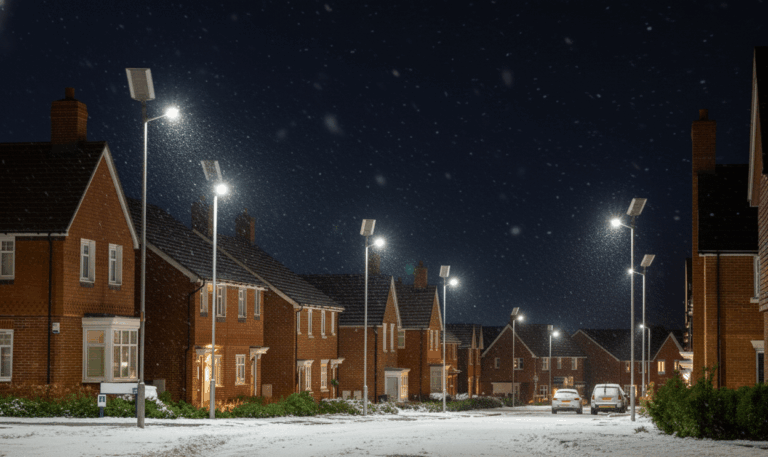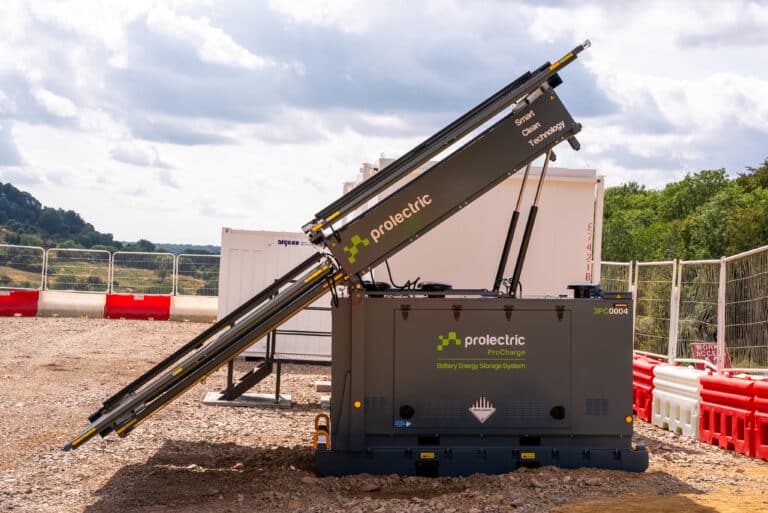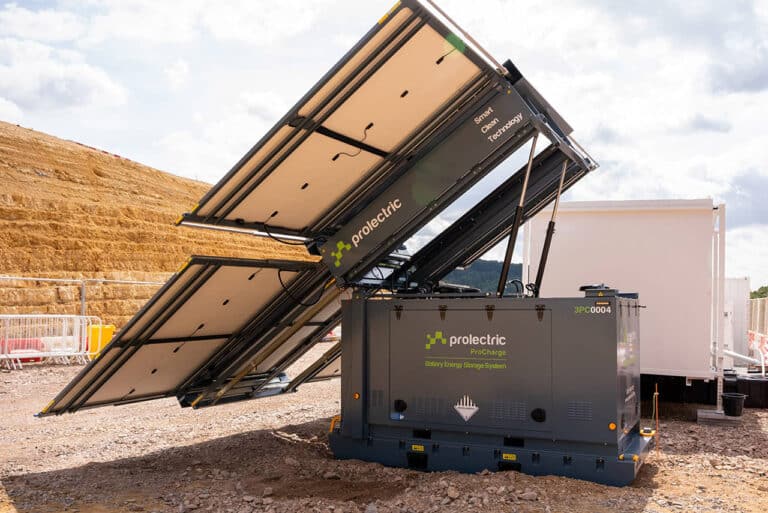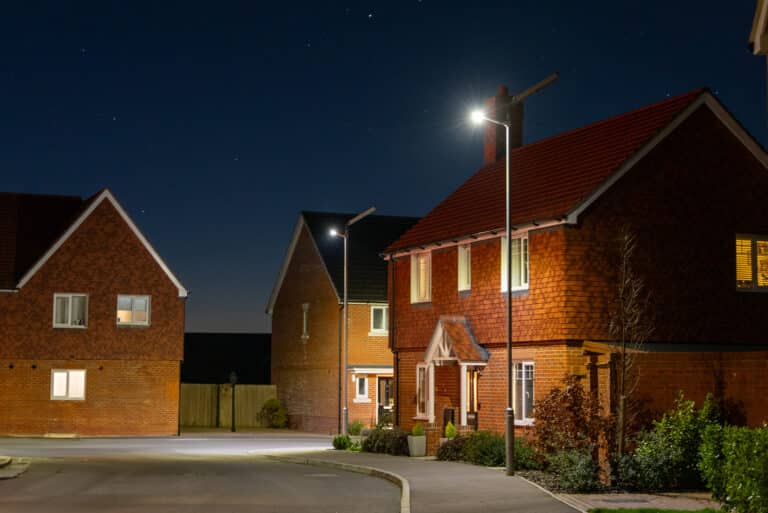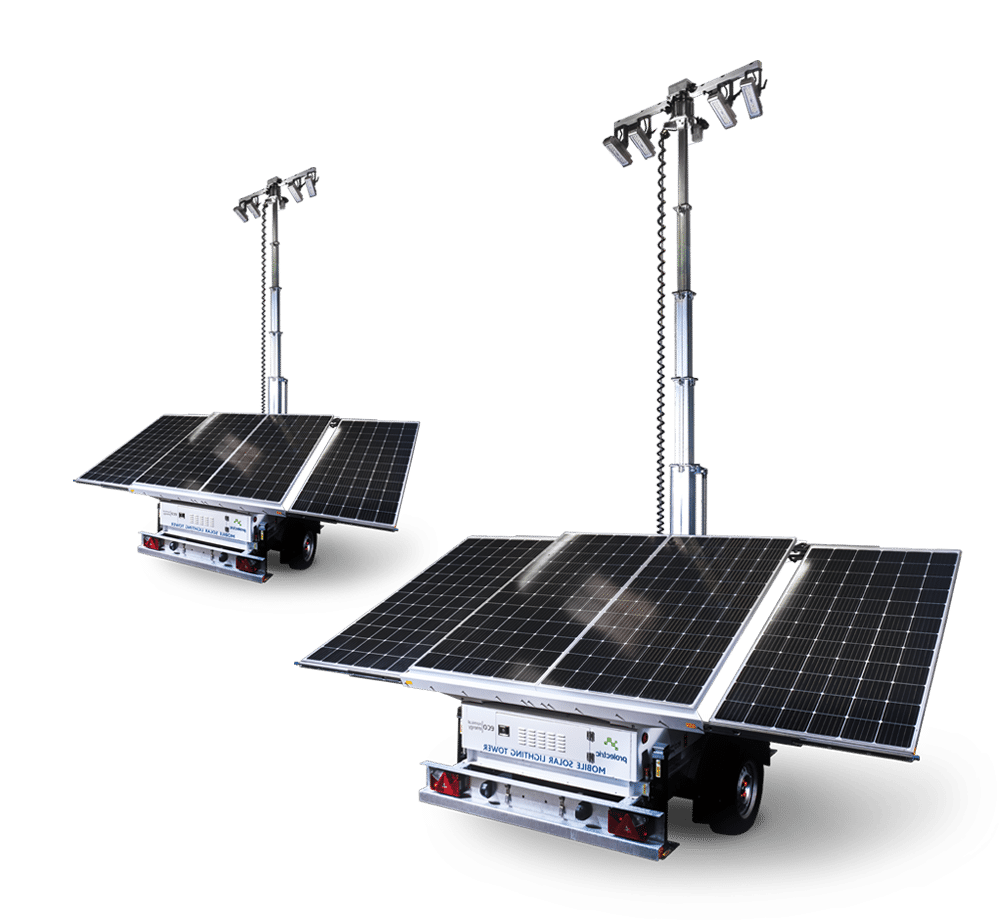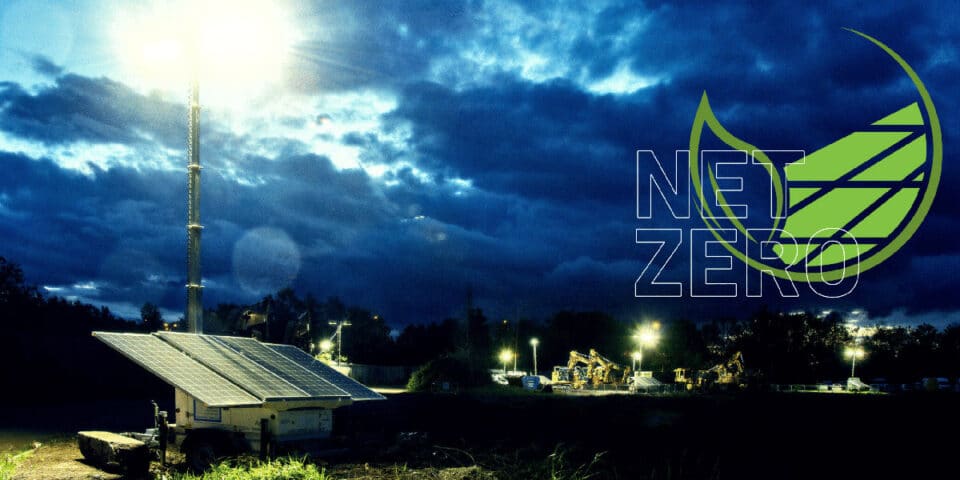
How do Solar Power and Solar Lighting Contribute to Net Zero and Environmental Sustainability?
Solar energy can play a significant role in achieving net zero by providing clean and renewable energy. Solar panels convert sunlight into electricity without generating greenhouse gas emissions, and by harnessing the power from the sun, we can reduce our dependence on fossil fuels, a major contributor to climate change. 173,000 terawatts (TW) of solar energy strikes the Earth continuously, more than 10,000 times the world’s total energy use at any time. Solar energy is abundant, widely available, and can be harnessed at large-scale.
Solar Lighting, can also help contribute to reaching a net zero goal, using solar energy to power lighting systems. Solar powered lights are made of solar panels, batteries, and LED lights. During the day, the solar panels collect sunlight and convert it into electricity, which is stored in the batteries. At night, the stored energy powers the LED lights, providing lighting without relying on traditional fossil fuels for energy. Solar lighting offers many advantages, including lower fuel costs and no fumes or greenhouse gas emissions.
These technologies contribute to achieving net zero by replacing fossil fuel-based energy sources with clean and renewable alternatives. By adopting solar power and solar lighting solutions, we can reduce our carbon footprint and mitigate the environmental impact of energy generation.
Solar Power
Solar power is a renewable energy source that harnesses the energy of the sun to generate electricity. Photovoltaic (PV) solar panels, a critical component of solar technology, convert sunlight into direct current (DC) electricity. This electricity is either stored in battery storage systems or converted into alternating current (AC) for use in business industries. Use cases can range from power to wash bays and welfare cabins on construction sites, power for lighting and communication towers at festivals and even power for CCTV security systems for a host of different businesses requirements. A PV panels power generating process taps into a reliable energy source, propelling us towards net zero solar energy goals.
What are the benefits of solar power?
- Renewable and Clean: Solar power is derived from an abundant and inexhaustible energy source—the sun. It doesn’t emit greenhouse gases or other harmful pollutants, contributing to cleaner air and reduced environmental impact.
- Energy Independence: By using solar solutions, businesses and communities can generate their own electricity, reducing reliance on fossil fuels and the energy grid. This energy independence improves resilience and reduces vulnerability to power outages.
- Cost Savings: While the upfront costs of purchasing solar solutions, like lighting and power generators, can be slightly more, solar power systems have long-term financial benefits. Solar energy is free, reducing electricity and fuel bills, refueling staffing costs and reducing maintenance, so it offers a reliable return on investment.
- Scalability and High Quality: Solar power can be deployed at various scales, from small streetlight installations to large-scale temporary lighting and power generator systems. This versatility enables widespread adoption in different settings, including residential, commercial, and utility-scale, whilst ensuring high quality and reliability both crucial for the energy transition towards sustainable sources.
Our power generators provide a dependable, solar hybrid power supply, providing a primary off-grid power source for infrastructure projects, rail, and construction sites. They are zero-fuel, no-emissions smart solar alternatives to diesel-powered products, accelerating customers away from fossil fuels. This means no need for diesel generators spewing out fumes, and trailing cables causing trip hazards. Just beautiful, clean energy generated from the world around us.
Solar Lighting
Solar lighting uses solar energy to power lighting systems, offering an efficient and environmentally friendly alternative to traditional lighting methods. Solar lighting systems typically consist of solar panels, rechargeable batteries, LED lights, and control units. Use cases include solar-powered path lights, walkways, car parks and streetlights; with tower lights being used more commonly for emergency disaster action, tasks and security lighting.
What are the benefits of solar lighting?
- Energy Efficiency: Solar lighting uses highly efficient LED lights, which consume less energy than traditional incandescent or fluorescent lights. This efficiency ensures maximum use of the available solar power and minimises wasted energy.
- Off-grid and Remote Areas: Solar lighting systems are ideal for off-grid locations or areas with limited access to electricity. They provide reliable lighting without extensive electrical infrastructure, which is particularly beneficial in rural or remote areas.
- Environmental Sustainability: Solar lighting systems operate without generating greenhouse gas emissions or contributing to air pollution. They help reduce the carbon footprint associated with lighting and promote sustainable practices.
- Cost Savings: Solar lighting eliminates the need for electricity from the grid, reducing energy costs. Additionally, there are low maintenance costs when compared to conventional lighting systems, as solar lights have longer lifespans and fewer components.
- Safety and Security: Solar lighting enhances safety in areas where reliable lighting is essential, including walkways, parks, and car parks. Well-lit spaces deter crime and improve visibility, promoting a sense of security.
Our award-winning Prolectric ProLight operates reliably all year round, even in challenging winter conditions. The ProLight delivers powerful light without noise or emissions and offers a robust alternative to temporary diesel lighting for infrastructure, construction projects, and events.
Through our patented lighting portal, advanced telematics and intelligent power distribution, our products autonomously adapt to ensure optimum performance, day or night – working as hard and as long as you do. You get the ability to operate remotely to reduce energy usage and also generate real-time performance reports ensuring that your equipment is optimised to deliver the most efficient savings possible.
Overall, adopting solar power and solar lighting systems plays a significant role in the transition toward net zero emissions. Replacing fossil fuel-based energy with clean, renewable solar energy can reduce greenhouse gas emissions, mitigate climate change, and promote a more sustainable future.
Call our team to see how we can help you reach your Net Zero goals.








